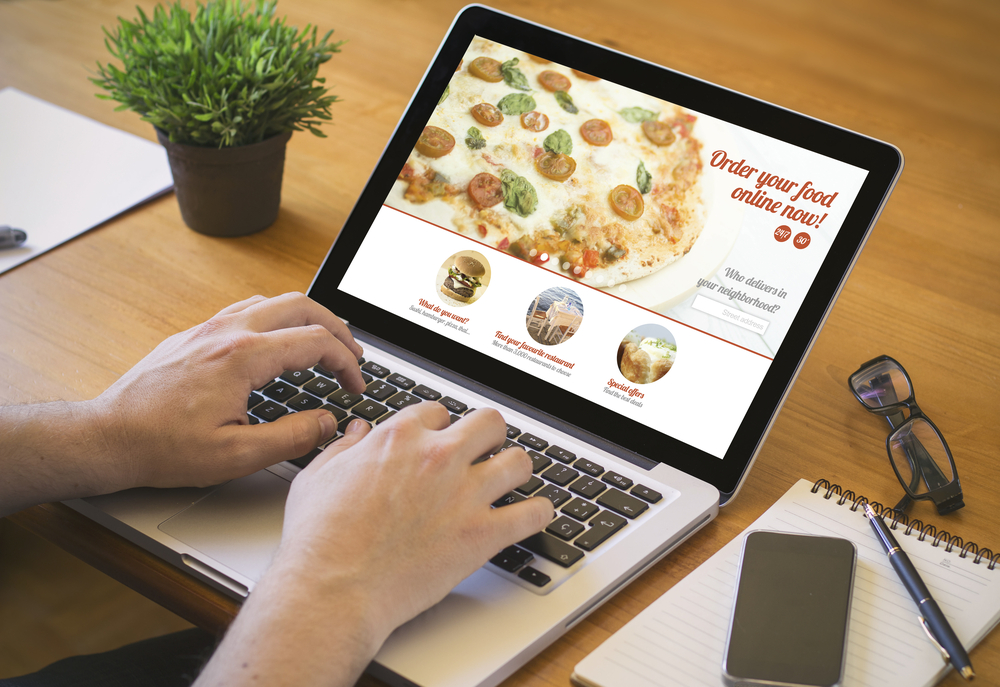Why Online Ordering Systems are Now Essential to Restaurant Profitability.
If it wasn’t obvious before, the COVID-19 pandemic has clearly demonstrated that an online ordering system is now an essential feature of restaurants’ offers to their customers.
With outlets forced to close for in-house dining, patrons naturally turned more and more to carry out, curbside pickup and home delivery options.
And this change in habits led in turn to an increase in the demand for user-friendly and efficient online ordering systems.
All available evidence suggests that this change in ordering patterns is likely to be permanent. So such systems will remain essential for the attraction and retention of customers.
But this is merely the beginning of the many benefits that a well-designed and optimized system can offer.
The Benefits of Online Ordering for Restaurants
The key point is that a good online ordering system is much more than simply a convenient means of communicating the customer’s wishes to the restaurant.
It can also be a very effective marketing tool.
Automated Upsell Prompts
The practice of having table staff offering upsells, such as extra sides or desserts, is probably as old as the restaurant business itself. And it can still work quite well.
The problem is that even the best-trained staff can forget to make the offer when working under pressure. They may grow tired of reciting the same list of options or be reluctant to seem “pushy”.
An online ordering system does away with all these potential problems.
Customers are automatically shown all available options at the appropriate time and presented with appealing visual images of the suggested add-on.
They are able to buy without that sense of having been “sold to”, which many of us subconsciously resent and is one reason why the average online spend tends to be higher than in-house orders.
Subtle and unobtrusive marketing can also be enhanced by the use of UX (User Experience) and UI (User Interface) design within the system. Attractive visuals and a positive customer experience can boost sales and help build your brand in a way that is predictable and testable and hard to achieve by relying on the personal qualities of your wait staff – no matter how capable.
Boost Your Loyalty Program
Integrate your online ordering system with your loyalty program and you have a powerful revenue-building tool.
It’s well-known that loyalty program members tend to spend more than other customers. So why not –
- allow non-members to join with a single click when they place an online order – and give them an immediate discount for doing so;
- show members how many reward points their current order is earning them – and how many more each suggested upsell will give them; and
- show current points earned totals – and how many more are needed to qualify for a special discount, gift or promotion.
Harvest Customer Data
A good online ordering system provides huge amounts of data about your customers’ habits and preferences.
Integrated with your POS system, for example, it can tell you, amongst other things –
- what dishes and upsells are most popular at different times;
- how customers respond to special promotions and discounts; and
- the effect on revenues of any changes in pricing.
Linked to your kitchen and inventory systems, an online ordering system will provide immediate notification of any essential ingredients that are getting low on supplies, any dishes that may soon have to be removed from your menu, and others that may have to be “reduced to clear” because of low demand.
How to Improve Your Online Ordering System With Testing
It’s an axiom of all businesses that what can be measured can be improved.
But though crucial, the collection of data will not in itself lead to optimum performance.
What’s really required is to streamline your system in line with the results of the constant A/B testing of different variables. And fortunately, today’s online ordering systems make it a simple task to test –
- the relative popularity of dishes A and B during different sessions and at different times;
- the relative popularity of different upsells;
- the significance of different price points; and
- the effectiveness of different visuals and layouts in promoting sales.
You should note, though, that these are just a few of the possible data points that can be tested. And it will be a matter of trial and error to determine those which are most likely to yield significant improvements in the performance of your systems and business.

